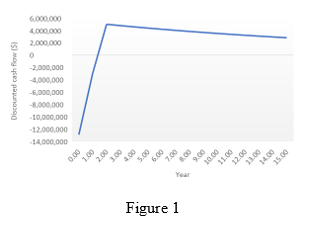MMEERSET PHASE ONE: DEVELOPING PLATFORM-BASED OFFSHORE AQUACULTURE USING A MULTI-USE APPROACH AT STATION PADRE
Using a multi-use business approach, offshore oil and gas platform sites were investigated to develop the first platform-based offshore aquaculture pilot project in the Gulf of Mexico (GOM). Our investigators performed a comprehensive feasibility assessment of two platform sites (North Padre Island 975 and 969, located at 26°50'31N, 96°58'47W and 26°49'57N, 96°56'23W, respectively) to support site-specific development and provide economic and spatial analyses of broad interest to potential investors/stakeholders. Primary deliverables produced during this project include a user-friendly economic model and regional maps identifying suitable areas for platform- and non-platform associated offshore development specific to the Station Padre study site in the northwest GOM.
Our work concluded that: 1) the economics of an offshore platform-based aquaculture system producing Cobia (see Figure 1)could be cost competitive under a range of assumptions, but the economics of Red Drum are significantly more challenging; 2) site characterization revealed favorable conditions for an offshore aquaculture farm and no conflicts that would preclude farm development at Station Padre; and 3) ocean parameters measured are characteristic of highly exposed, open ocean conditions, and aquaculture infrastructure installed on site will need to withstand this high energy environment.
